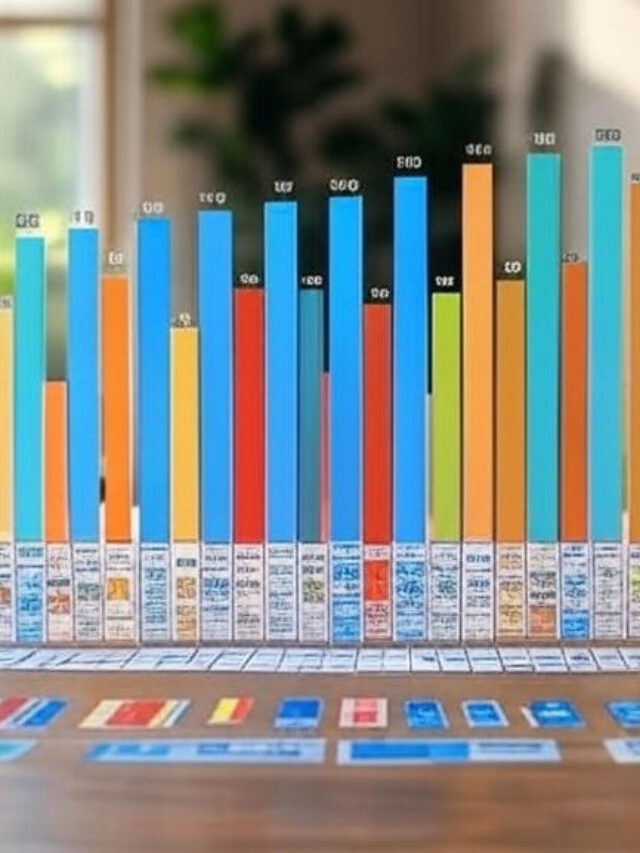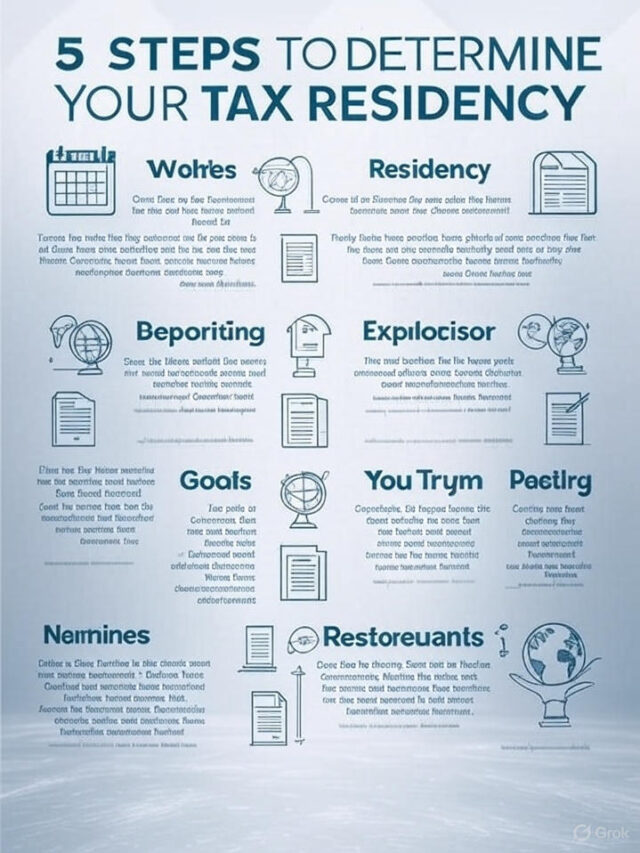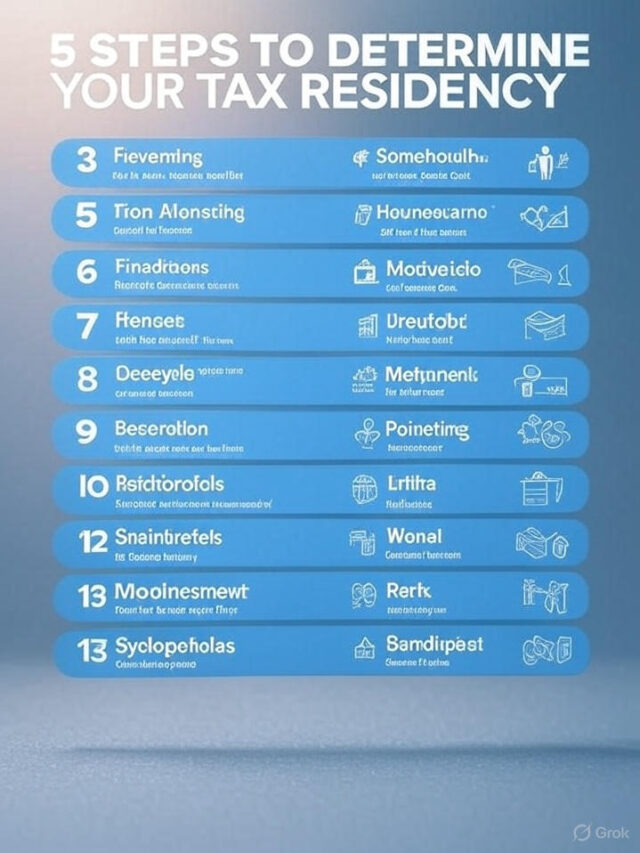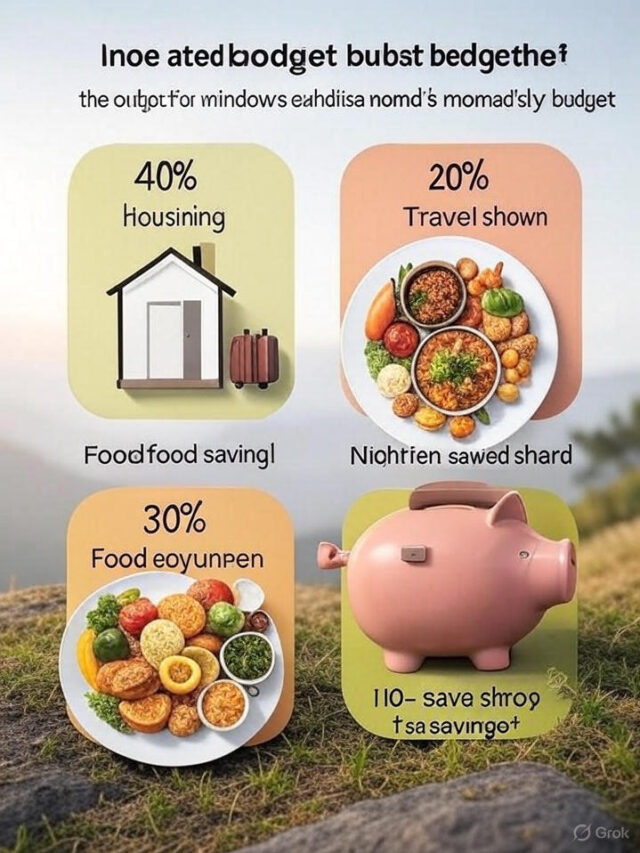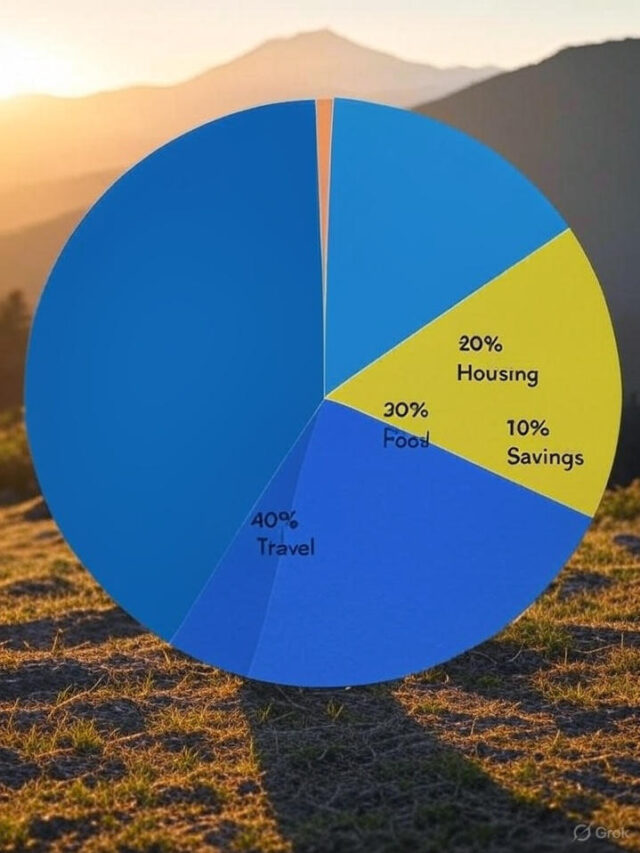
You Won’t Believe How Easy Healthy Food Access Can Be: Solutions to End Food Deserts!
Imagine craving a fresh salad but finding only processed snacks at the corner store. For millions, this isn’t just a bad day—it’s daily life. Limited healthy food access is a real problem, especially in food deserts, where nutritious options are scarce. But don’t worry! This guide breaks down food desert solutions and shows how to improve healthy food access with practical, beginner-friendly steps. Whether you’re in a rural town or an urban neighborhood, these solutions for food deserts can transform your community’s food scene.
Table of Contents
What Is Limited Healthy Food Access?
Why Food Deserts Exist
Top Food Desert Solutions to Boost Healthy Food Access
Community Gardens: Growing Your Own Food
Mobile Markets: Bringing Food to You
Policy Changes: Advocating for Better Access
How to Improve Healthy Food Access in Your Area
Start Small with Local Initiatives
Partner with Nonprofits and Businesses
The Impact of Solutions for Food Deserts
Frequently Asked Questions (FAQ)

What Is Limited Healthy Food Access?
Healthy food access means having easy, affordable, and consistent access to nutritious foods like fruits, vegetables, whole grains, and lean proteins. When this access is limited, people rely on fast food or processed items, which can harm health over time. Areas with poor healthy food access are often called food deserts—places where grocery stores are far away, and transportation is a challenge.
For example, in some neighborhoods, the nearest supermarket might be miles away, and without a car, getting fresh produce feels like a quest. This problem widely affects the urban as well as the rural communities, mostly the low-income families. Understanding this problem is the first step toward finding food desert solutions.
Why Food Deserts Exist
Before we dive into solutions for food deserts, let’s explore why they exist. Several factors create these barriers to healthy food access:
Economic Challenges: Grocery stores often avoid low-income areas because profit margins are slim. Instead, convenience stores with limited fresh options dominate.
Transportation Issues: Without reliable public transit or personal vehicles, residents can’t easily reach distant supermarkets.
Urban Planning: Poor city planning can cluster fast food outlets in certain areas while leaving others without grocery stores.
Rural Isolation: In rural areas, the nearest store might be a 30-minute drive, making healthy food access tough.
These challenges sound daunting, but don’t lose hope! The next section covers actionable food desert solutions that can turn things around.
Top Food Desert Solutions to Boost Healthy Food Access
Solving limited healthy food access requires creative, community-driven ideas. Here are three proven food desert solutions that make nutritious food more available:
Community Gardens: Growing Your Own Food
Community gardens are a game-changer for solutions for food deserts. These shared plots let residents grow their own fruits, veggies, and herbs, even in urban areas with little space.
Why It Works: Gardens provide free or low-cost fresh produce, cutting reliance on distant stores. Plus, they build community spirit!
How to Start: Find an empty lot, get permission from the owner, and rally neighbors to pitch in. Local nonprofits often offer seeds and tools.
Example: In Detroit, urban gardens have turned vacant lots into thriving food hubs, improving healthy food access for thousands.
Mobile Markets: Bringing Food to You
Mobile markets—think food trucks but for fresh produce—are a brilliant way to improve healthy food access. These vans visit underserved areas, selling affordable fruits and veggies.
Why It Works: They eliminate transportation barriers by bringing food directly to communities.
How to Start: Partner with local farmers or nonprofits to launch a mobile market. Some cities even offer grants for this.
Example: In Chicago, mobile markets serve food deserts, offering everything from apples to zucchini at low prices.
Policy Changes: Advocating for Better Access
Long-term food desert solutions often involve policy changes. Advocating for better zoning laws or subsidies for grocery stores can transform healthy food access.
Why It Works: Policies can attract supermarkets to underserved areas or fund programs like farmers’ markets.
How to Start: Join community boards, write to local officials, or support organizations pushing for food equity.
Example: Philadelphia’s Healthy Corner Store Initiative helped small stores stock fresh produce, boosting healthy food access.
These solutions for food deserts show that change is possible with the right approach. Let’s look at how you can take action locally.
How to Improve Healthy Food Access in Your Area
Wondering how to improve healthy food access where you live? You don’t need to be an expert—just a motivated neighbor. The most popular ways are given below:
Start Small with Local Initiatives
Small actions can lead to big results in improving healthy food access. Try these ideas:
Host a Farmers’ Market: Coordinate with local farmers to set up a weekly market in your neighborhood.
Organize Food Drives: Collect healthy donations for food pantries to support those in need.
Educate the Community: Share tips on budget-friendly healthy eating through workshops or social media.
These steps are low-cost and build momentum for bigger food desert solutions.
Partner with Nonprofits and Businesses
Collaboration is key to lasting solutions for food deserts. Reach out to:
Nonprofits: Groups like Feeding America or local food banks often have resources to improve healthy food access.
Businesses: Encourage corner stores to stock fresh produce or partner with supermarkets for delivery programs.
Schools: Work with schools to create gardens or nutrition programs for kids.
By teaming up, you can amplify your impact and bring nutritious food to more people.
The Impact of Solutions for Food Deserts
When healthy food access improves, the benefits ripple through communities. Studies show that better food options lead to:
Healthier Diets: More fruits and veggies reduce risks of obesity, diabetes, and heart disease.
Stronger Communities: Gardens and markets foster social bonds and local pride.
Economic Growth: New food businesses create jobs and attract investment.
By implementing food desert solutions, you’re not just feeding people—you’re building a brighter future.
Frequently Asked Questions (FAQ)
1. What is a food desert?
A food desert is an area with limited healthy food access, where residents struggle to find fresh, nutritious food due to distance, cost, or lack of stores.
2. How can I improve healthy food access in my neighborhood?
Start with small steps like community gardens or farmers’ markets. Partner with nonprofits or advocate for policy changes to attract grocery stores.
3. Are food desert solutions expensive?
Not always! Community gardens and mobile markets are low-cost, and grants or nonprofits can fund larger projects.
4. Why is healthy food access important?
Access to nutritious food improves health, reduces chronic diseases, and supports community well-being.
5. Can solutions for food deserts work in rural areas?
Yes! Mobile markets and co-ops are especially effective in rural areas with limited stores.
Ready to make a difference? By embracing these food desert solutions, you can help ensure everyone has access to the healthy food they deserve. Start small, think big, and watch your community thrive!


Tax Strategies for Digital Nomads: A Comprehensive Guide to Staying Compliant and Saving Money
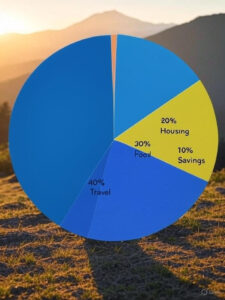

Saving Money as a Digital Nomad: A Comprehensive Guide to Financial Freedom


The Best Budgeting Apps for Digital Nomads: Managing Finances on the Go


AI Writing Tools: Your Ultimate Guide to Smarter Content Creation in 2025

Categories
Categories

Retirement Planning for Digital Nomads: A Roadmap to Financial Freedom on the Move

Tax Strategies for Digital Nomads: A Comprehensive Guide to Staying Compliant and Saving Money


Saving Money as a Digital Nomad: A Comprehensive Guide to Financial Freedom


